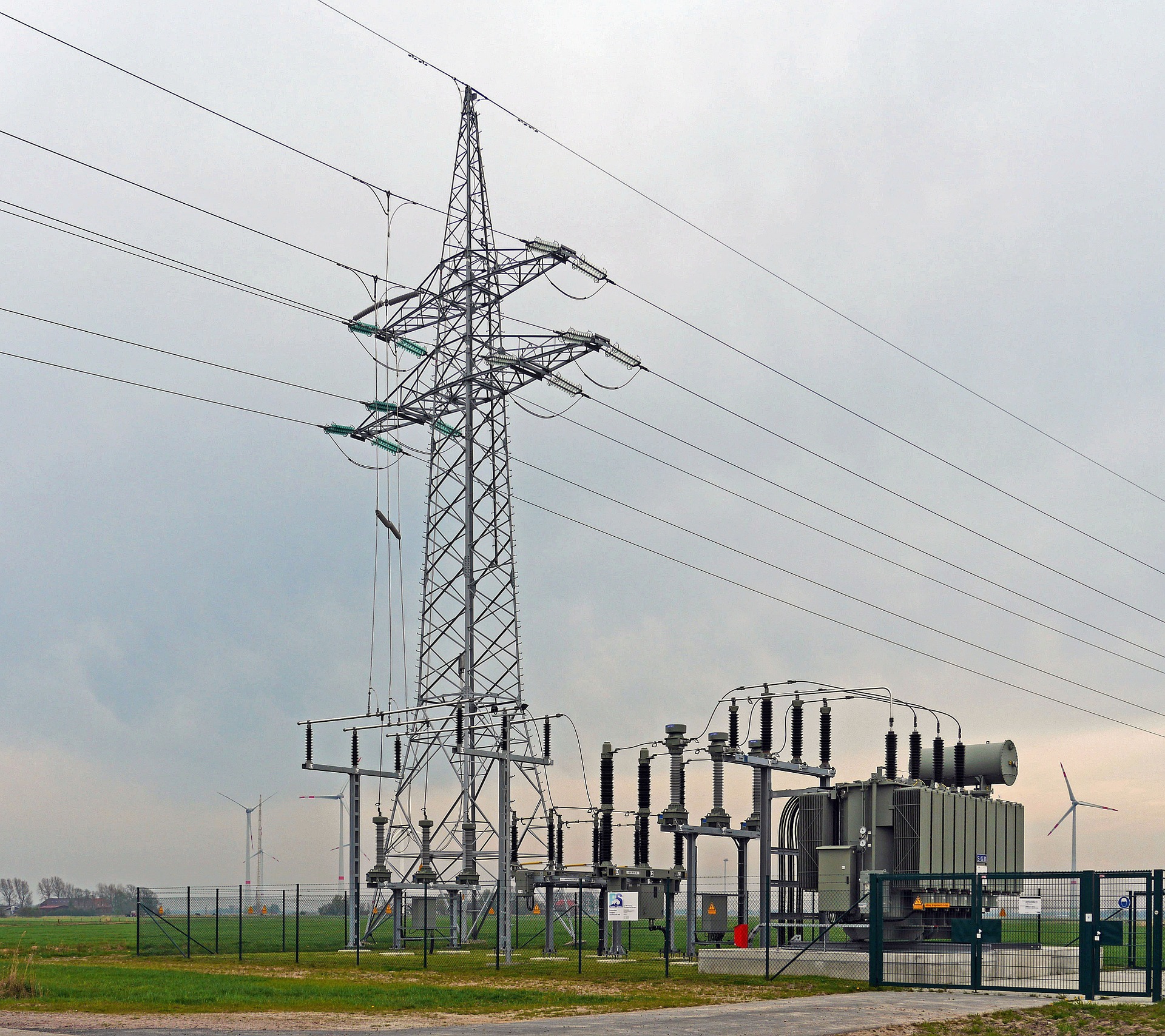Did you notice the power's out? As of the publication of this post, roughly 31 thousand people in Butler and Hamilton counties are without power, according to WCPO. That's a small fraction of the total 166 thousand people who have gone without power over the past 24 hours. WCPO reports that only local crews but also "crews from Indiana, Kentucky, Michigan and North Carolina" are still working to make repairs.
The power outages resulted from the powerful storm system that came through the region yesterday. The storm knocked over trees and littered communities with debris. Naturally, this sort of activity is liable to cause damage along the electrical grid. Believe it or not, digital technology now operates even in the power grid itself. Let's take a look at how digital technology integrates into one of our most important pieces of infrastructure.
Power Grids: The Basics
Electrical grids across the United States operate in similar ways. A power plant generates electricity, which is then transmitted out to substations. A substation will then adjust the voltage of the electric current for distribution to customers.
Of course, it's more complicated than that, but those are the broad strokes of the process. Damage to part of the grid, whether it occurs along the transmitting wires or at a substation, can have a cascading effect across a whole region.
Smart Grids
Duke Energy, which provides power to many in the Cincinnati area, makes use of something called a smart grid. What's a smart grid? Well, Duke doesn't give too many details on how the grid actually operates at a technical level. What is clear is that it uses digital technology to automatically monitor power use and rates of power consumption. It can also automatically detect outages and even reroute power on its own to reconnect an area near a damaged line. Duke touts the grid on their website as a "self-healing system."
In the past many of these operations were done manually. In theory, offloading these duties onto a computer, which never gets tired and can monitor every part of the network at once, would make the entire grid safer and more efficient. Overall, Duke proclaims that the smart grid "improves the quality and reliability of the power that we [Duke Energy] deliver to your home."
All of these reassurances aren't likely to encourage someone who's been sitting at home in the heat and the dark for two days. Even with improvements to security and monitoring technology, broken lines are broken lines; they have to get repaired on site. Even Duke Energy's spokesperson, Sally Thelen, admits that "in a storm of this magnitude, we're just overwhelmed."
Having a secure IT network isn't simply a matter of owning the best monitoring system or the most clever algorithm. You'll need to have fail-safes in place for when something truly catastrophic happens, something that no amount of real-time monitoring can fix. Titan Tech can help you plan for your worst days and establish procedures for preventing data loss during a disaster. Contact them today to learn how they help you and your organization build a safety net.
And join us later this week for more tech news.

